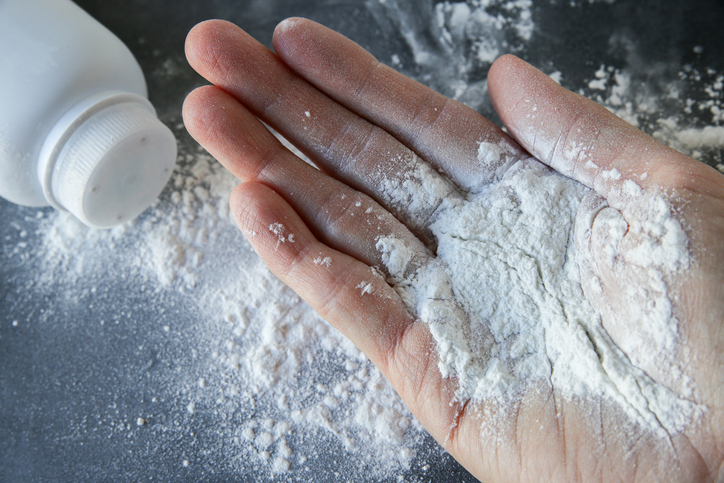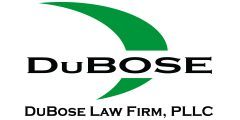
The U.S. Food and Drug Administration has initiated a high-level review of talc safety in consumer products. An independent scientific panel met to evaluate potential risks tied to talc, particularly its use in cosmetics, food, and over-the-counter medications. This review signals growing concern over the health impacts, including cancer risk and long-term inflammation, even from talc labeled asbestos-free.
The panel’s objective is to ensure public health protection while exploring alternatives to this widely used ingredient. The FDA is now moving toward a more evidence-based and transparent approach in determining how talc should be regulated in the future.
Why Talc Safety Is Under Scrutiny
Talc has long been used for its moisture-absorbing and anti-caking properties. However, concerns about contamination with asbestos, a known carcinogen, have placed talc under intense scrutiny. Numerous civil trials around the country have established evidence of asbestos contaminated talc products on the market for decades. Recent classifications now consider even asbestos-free talc as potentially harmful, sparking widespread public debate and regulatory interest.
Beyond cosmetics, talc is also used in food items and oral medications. This broader exposure raises new safety questions that go far beyond the traditional focus on personal care products.
Expanding the FDA’s Focus Beyond Cosmetics
While talc’s role in powders and beauty products has been widely discussed, its use in food and pharmaceuticals has received less attention. The FDA is now looking closely at how talc may be affecting consumers who ingest or inhale it unknowingly.
Additives in food and fillers in medication capsules often contain talc. Without clear labeling, consumers may have no idea they’re being exposed to this mineral. This broader review is a significant step toward regulating all forms of exposure, not just topical.
Health Risks and Ongoing Debates
Experts presented evidence linking talc exposure to inflammatory conditions and potential cancer risks, particularly ovarian cancer and respiratory illnesses. The concern isn’t just asbestos contamination, but the biological impact of talc itself on the body’s tissues over time.
Some argue that the evidence is inconclusive, especially when it comes to ingestion. But with increasing public pressure and scientific interest, the FDA is taking no chances. The panel has called for more data and transparency in testing procedures and ingredient sourcing.
Calls for Safer Alternatives and Stricter Standards
With new findings on the table, there is a clear call for safer substitutes. Alternatives like magnesium stearate and rice starch are already available and used in many formulations. The panel urged manufacturers to phase out talc where possible and adopt these less controversial ingredients.
Stricter testing standards are also under consideration, particularly for trace contaminants like asbestos fibers. Updating how products are tested before they reach the market is a top priority to avoid any hidden dangers to consumers.
Industry Pushback and Legal Implications
As with many regulatory changes, the industry has voiced concerns. Critics claim the panel’s findings may lead to fear-driven policies not grounded in conclusive science. However, with ongoing litigation and class-action suits already targeting talc-containing products, the stakes are high for both public health and corporate liability. A notable example is the recent court ruling where Johnson & Johnson’s talc bankruptcy strategy was rejected, keeping litigation efforts alive.
The FDA’s findings could significantly influence future regulations and reshape how companies approach product formulation, labeling, and consumer safety communication.
What Consumers Should Know Right Now
For those using talc-based products daily, switching to talc-free alternatives is a simple but effective precaution. Reading labels and researching ingredients are also key habits for staying safe. While regulatory changes are still in progress, awareness and personal action remain your best defense.
Consumers are also encouraged to watch for upcoming FDA announcements. Guidance may soon require more detailed labeling or restrict talc use in certain product categories altogether.
Frequently Asked Questions
Is talc safe to use in cosmetics and medicine?
Asbestos contaminated talc is not safe. Now, the safety of asbestos free talc is under review. While many products remain on the market, concerns about contamination and long-term effects have prompted deeper investigation.
Why is the FDA reviewing talc now?
New scientific data, civil trials and ongoing public concern have triggered a comprehensive reassessment of talc’s role in consumer goods.
Are there safe alternatives to talc?
Yes. Ingredients like cornstarch and magnesium stearate are commonly used as safer replacements in both cosmetics and food products.
Will talc be banned in the U.S.?
No ban is in place yet, but the FDA may implement restrictions or new testing requirements depending on the panel’s recommendations.
Should I stop using talc products now?
Stop using asbestos contaminated talc products immediately. As for asbestos free talc products – if safer alternatives are available, it may be wise to switch. Talk with your doctor if you’re concerned about specific products or exposures.
What industries will be affected by FDA changes?
Cosmetics, food processing, and pharmaceutical companies may all need to reformulate products if new safety standards are adopted.
